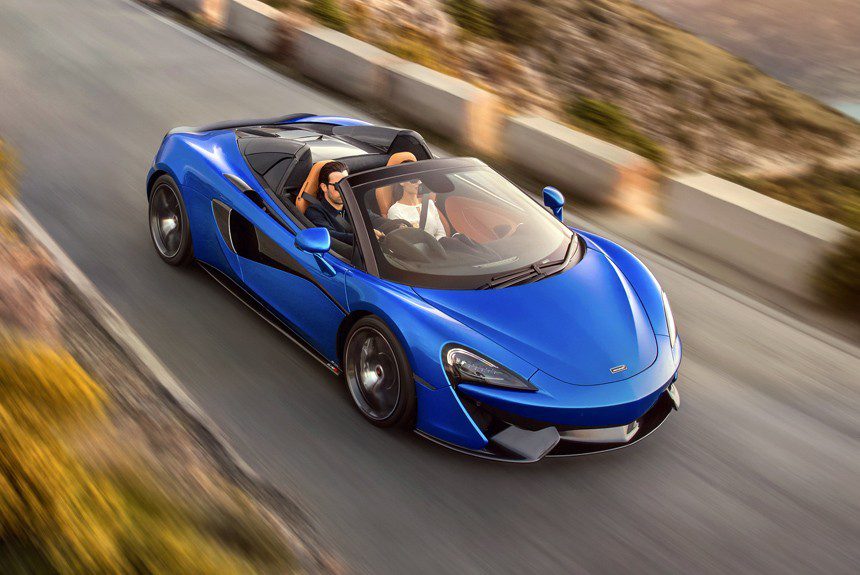
Chrysler 300C 2013 review
While there are fears for the future of Australia's once staples, the Ford Falcon and Holden Commodore, Chrysler is proving that there is still life in the old dog. The second generation 300 is here, better than before, still with its Mafia stock car looks. It's a big American six, V8 and diesel at its best.
The 300C isn't in high demand here, but sales are on the rise. About 70,000 vehicles are sold annually in the US, nearly double the 2011 sales and more than double the Commodore. Economies of scale and strong sales mean it will continue to be built while our big cars look shaky.
Australia sells around 1200 a year, far less than the Commodore (300-30,000) and Falcon (14,000 2011). This is good compared to the year 360 (874), although the old model was not available for several months, but 2010 in XNUMX.
Value
The review vehicle was a 300C, one of the base Limiteds that currently costs $45,864 on the road. The 300C costs $52,073 and comes with a 3.6-liter Pentastar V6 petrol engine and a class-leading eight-speed ZF automatic transmission.
Features on the 300 include rain brake assist, brake ready, electronic stability control, hill-start assist, all-speed traction control and four-wheel ABS disc brakes, seven airbags (including next-generation multi-stage front airbags). , driver's inflatable knees). – side airbag, additional side airbags for the front seats, additional side curtain airbags front and rear).
Other goodies: 60/40 folding rear seat, cargo net, leather-wrapped steering wheel and shifter, power driver and passenger front seats with four-way lumbar support, one-touch power up and down front windows, adaptive front lighting and bi-xenon auto-leveling xenon headlights with daytime running lights, heated side mirrors with power folding function, 18-inch aluminum wheels, tire pressure system, rear parking sensors and camera, keyless entry and stop-start button, alarm , steering wheel audio controls, 506W amplifier and nine speakers, satellite navigation, CD, DVD, MP3, USB port, heated and ventilated leather seats, automatic wipers and headlights.
It's packed with gear usually reserved for a car worth over $100,000. Beneath it is the chassis and suspension of a Mercedes-Benz E-Class, and on the outside, a masculine American look.
Design
Inside, there are touches of 1930s Art Deco with higher quality plastics. The cockpit is fantastic at night, when the deco-style glass analog gauges are illuminated with an eerie, pale blue metallic glow that contrasts beautifully with the large central touchscreen, 21st century design and execution.
You sit low and wide, with plenty of room for your shoulders and legs. Ahead of the driver is a logically laid out dashboard. The thick indicator bar on the left is all Benz with wiper control. The simple shifter action is all Benz too, but finicky to work with and I couldn't love myself to shift up or down manually. There are no toggle switches.
The steering wheel is big and a bit bulky, and the parking brake with terrible backlash requires a gymnastic level of left knee articulation. The brake pedal was also too high off the floor, and the front seats lacked support.
The rear doors open wide, and there is enough space around. The 462-litre boot is large and square and easy to load and unload. The rear seats fold down so longer items can be loaded into the cabin.
Technologies
The 3.6-liter Pentastar V6 engine is a real gem, responsive, with a nice sporty growl under acceleration. It features a high-pressure cast 60-degree cylinder block, double overhead camshafts with roller-finger pushers and hydraulic lash adjusters, variable valve timing (for improved efficiency and power), multipoint fuel injection, and dual three-way catalytic converters (for emission reduction).
Power 210 kW at 6350 rpm and 340 Nm of torque at 4650 rpm. The engine delivers an impressive fuel economy of 9.4 l/100 km overall. I drank 10.6 liters over the weekend, including up and down the Kuranda Ridge and my funny stretch of asphalt between Walkamine and Dimbula.
This is better than the four-cylinder Honda CR-V that I drove on the weekend and used 10.9 hp. When I picked up the Chrysler, it was only 16 miles on the clock.
Driving
The V6 can hit 100 km/h in 7 seconds and hit 240 km/h if you dare. I was correspondingly impressed with the sophistication of the 300C. Road, wind and engine noise levels were low even on coarse bitumen and with headwind punching.
At parking speeds, the electro-hydraulic power steering feels heavy, artificial, and slow, even though the turning radius is 11.5m. When it comes to changing direction, there's no point in rushing the 300C into corners. The stock 18" tires certainly look decent and will stick to the road like glue. But the steering feels low, not particularly sharp, and completely out of touch with the road.
It's not a sport loader, but it handled the undulating and bumpy stretch of road between the Arriga sugar mill and the Oaky Creek farm quite well. It has remained stable and level and loves the open highway. The ride quality is soft, and bumps large and small are well absorbed by the massive tires.
I love this car. I love his boldness and bold style. I like the way it rides and stops, rides and travels. I was blown away by its fuel economy for a big, heavy car, and liked how the eight-speed car shifted indistinctly between gears.
I didn't like the awful foot-operated parking brake, or the main brake pedal, or the big steering wheel, or the flat seats. This is not an old school Yank tank with crappy build and materials. This is a car that can compete with expensive Europeans and top-end Holdens and Fords.
The Chrysler 300C is worth a test drive and proves that big cars do have a place in the market.
